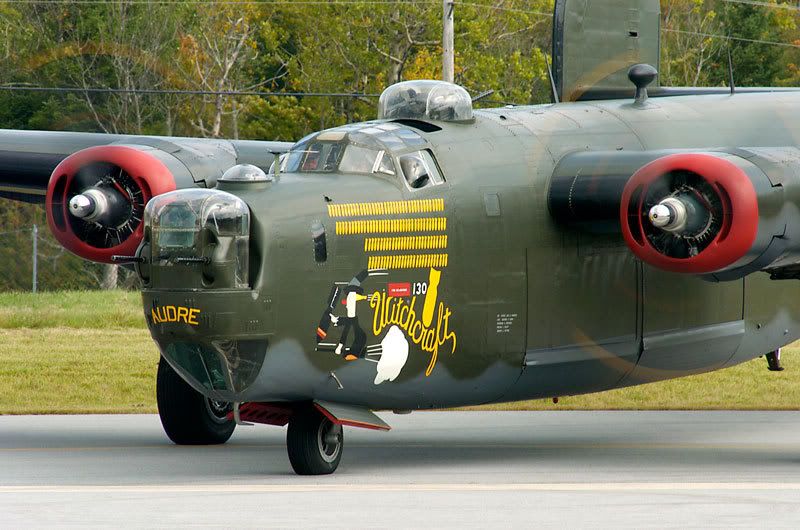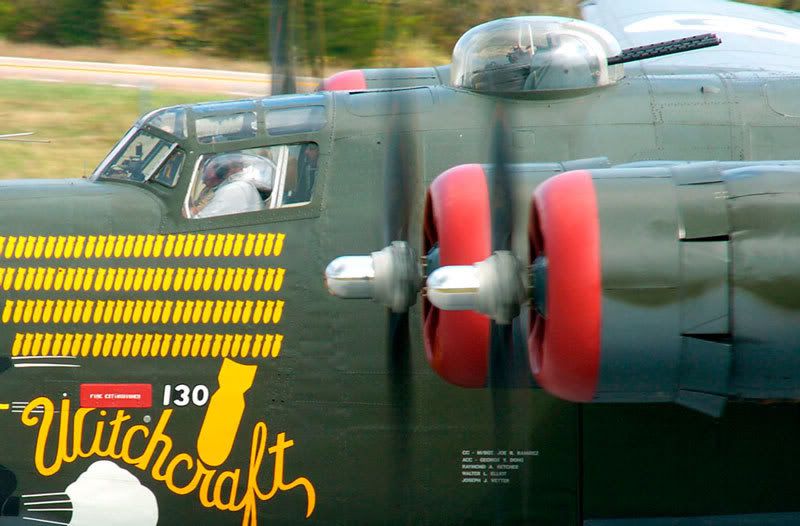The first thing anyone contemplating a camera gear purchase has to ask themselves is "what am I going to use this camera for"?, and then, "what type of pictures do I want to take?" With the flood of so many good digital cameras now in the market, virtually anyone can take a decent picture. So, with so many 'decent' pictures out there, my goal is to not take a picture like everyone else, and that is much easier said than done. If airshows and aircraft are what you are targeting then you need to tailor your lens selection appropriately. Focal length, obviously is critical. A 300 would be a bare minimum. A 300 with a teleconverter is a possibility. Once the planes are in the air, the more lens you have the better. Obviously, once the aircraft reach a certain height, you are only going to get a shot of the underside anyway, so you don't need telescope-like length. The immediate area of take off and landing is where you can get something nice. You can wander around the tarmac with a 300 and get some nice shots, with a tighter perspective, and therefore much more impact than 99% of what everyone else is shooting. Depth of field will really come in to play. You want to shoot as shallow as possible when nothing is moving to try and separate your subject from any distracting backgounds. That will make the image pop. Shallow depth of field is costly, however. A used 300 2.8 will cost over a grand, at a minimum. The zooms are not as fast, but even at 4.5, you should be able to get an acceptably shallow depth of field and let you isolate your subject better. Here is where you can make a difference between your pictures and the hoard of other digital point and shoot photos out there. These cameras are no doubt shooting on automatic, and the camera wants as much depth of field as possible and you end up with a technically good picture, of, well, everything in the county, and that makes for a dull image, in my opinion. Moral of the story is to shoot wide open when possible. Now, when the planes come to life, a whole different story. Now, you need a sense of motion, obviously with the props. Frozen props mean, well, not a plane actually flying, at first glance. So you need a shutter speed of 125th or less, and now it gets tricky. Hand holding a 300 plus lens at 125th or a 60th of a second trying to photograph a moving subject is not easy. Depth of field is not a big concern because you should pan with the aircraft, giving you some motion blur. This does two things, gives you a sense of movement and keeps your image popping out of the background. The solution is to shoot a lot of frames, keep smooth and pray. A tripod is also a possibility, just harder to twist and move the camera when tied down. The lowest possible ASA will help you shoot at a high f-stop(16 or higher) and a slow shutter speed in daylight.
I think the bottom line is really looking at a lot of pictures and deciding what style you like. Then, you figure can figure out what type of lens can get you those types of pictures.

This is an example of depth of field problems. I am stopped down to F16 waiting for the plane to take off. Shutter speed is 60th or so. Lens is a 300 2.8 with 1 .5 converter. The problem, though not big, is the power pole sticking up through the top turret. I need the depth of field to lower the shutter speed and blur the props, but it can lead to distractions like this pole. I waited until she moved and then shot this:(cropped)

I now have a bit of motion blur, some prop movement and no pole!
You really have to pay attention and watch your backgrounds.
Good Luck!





